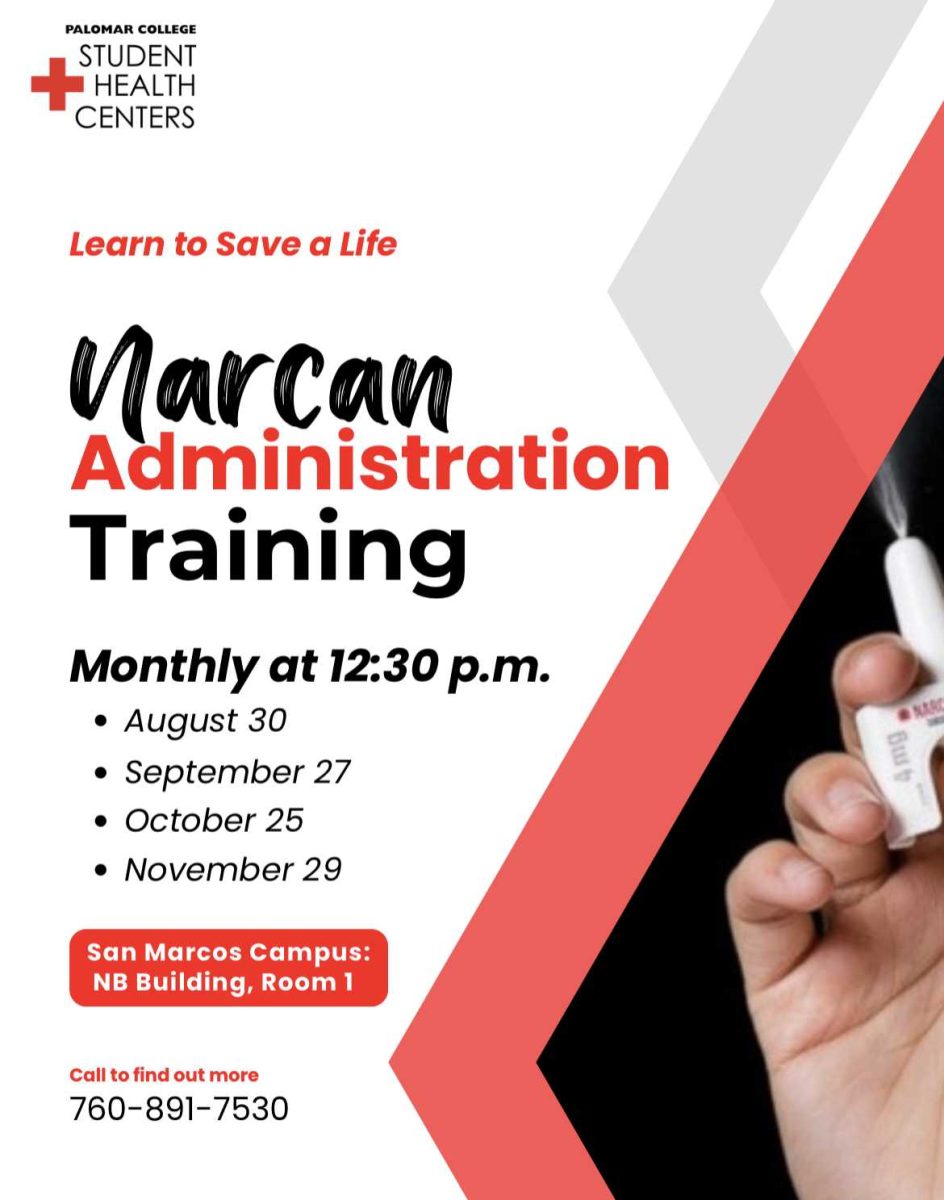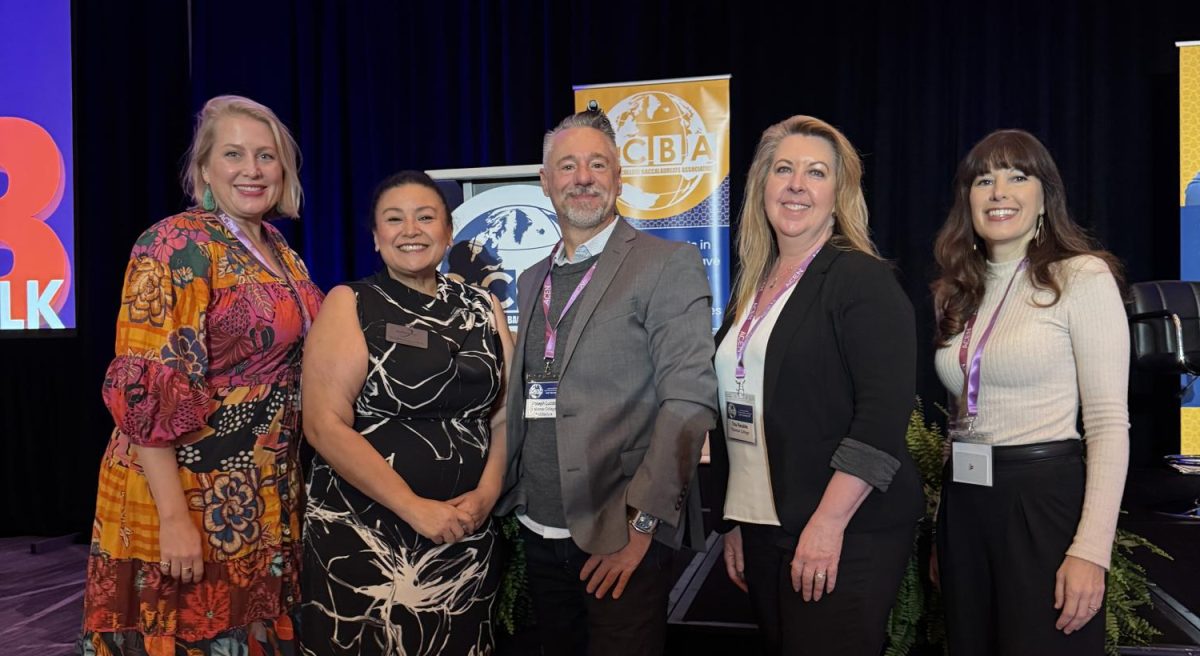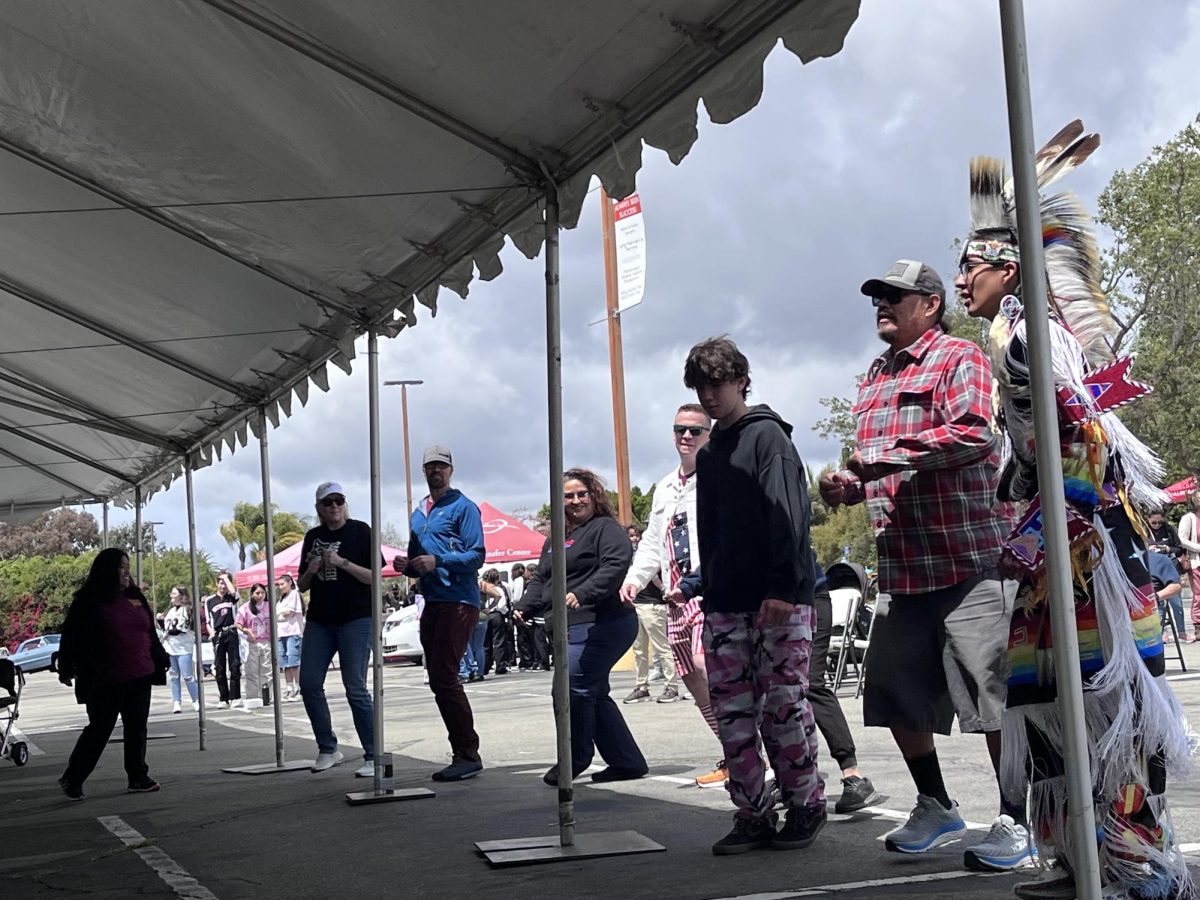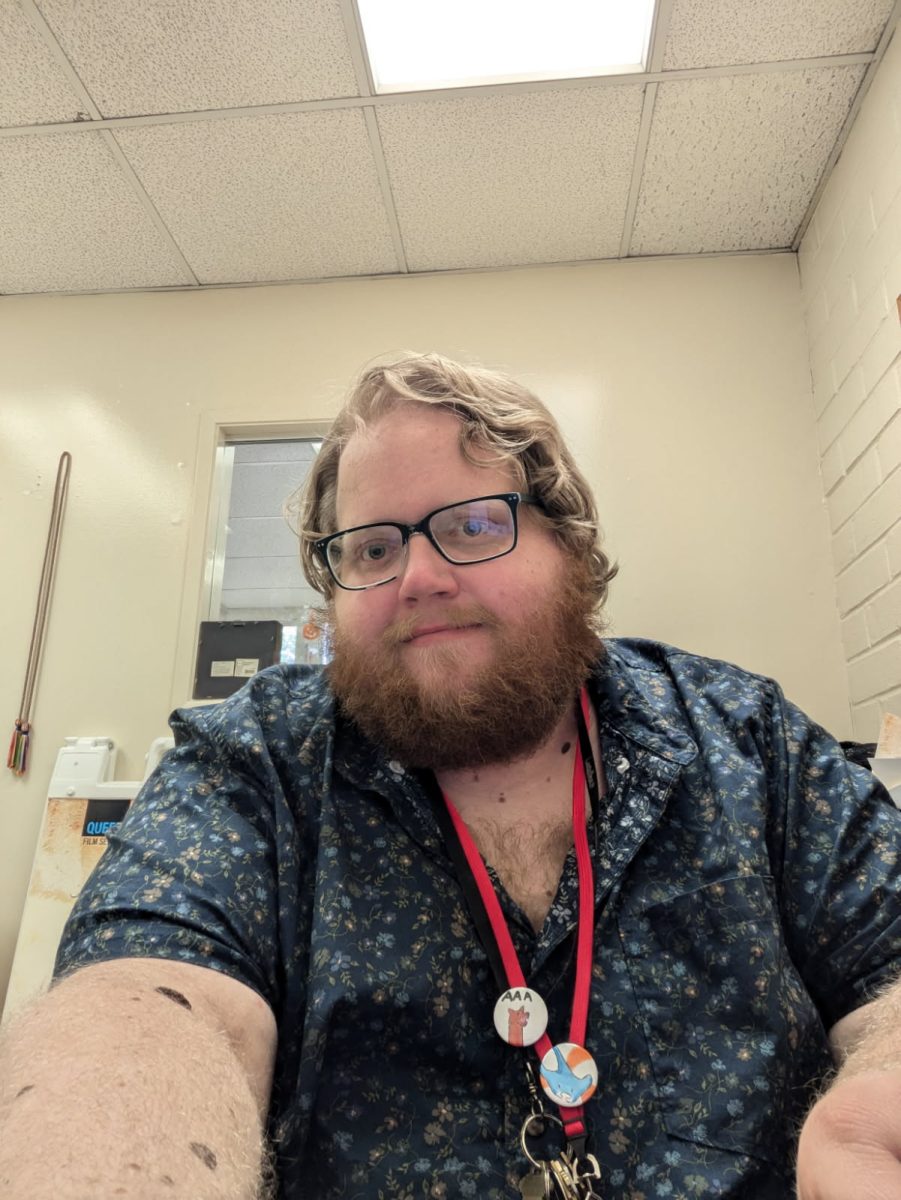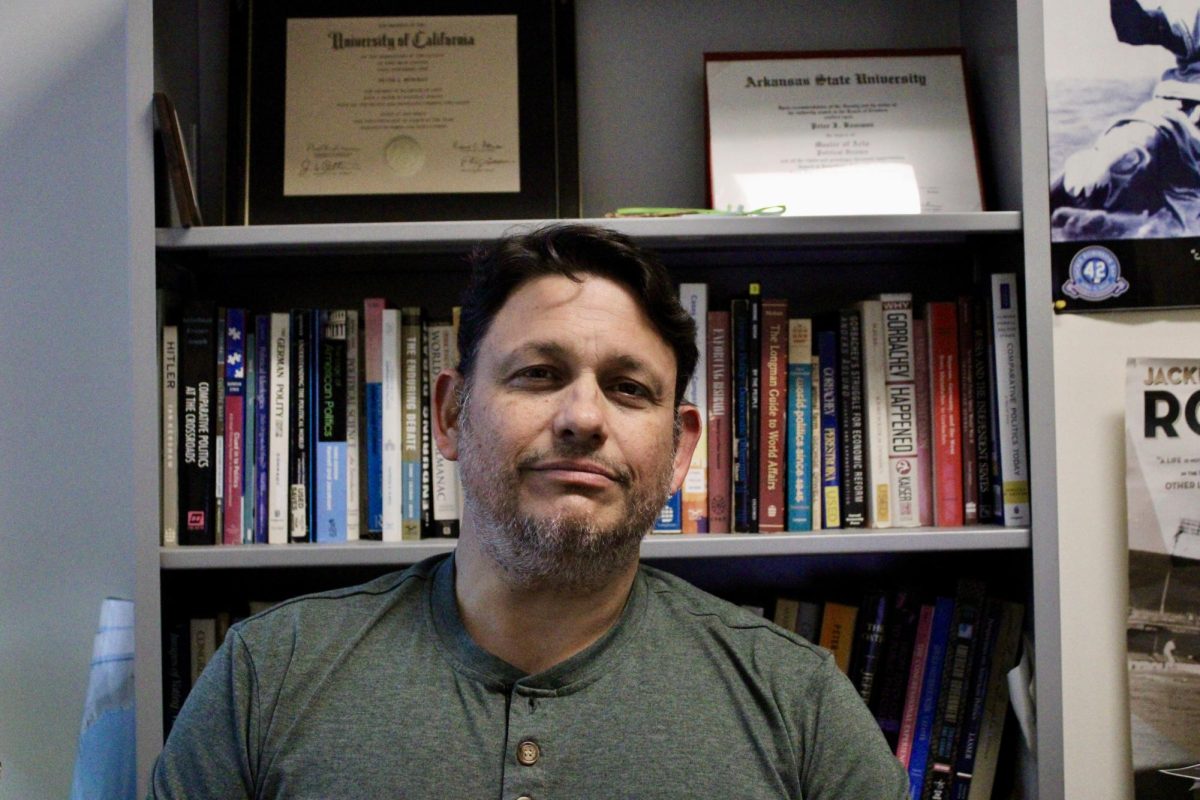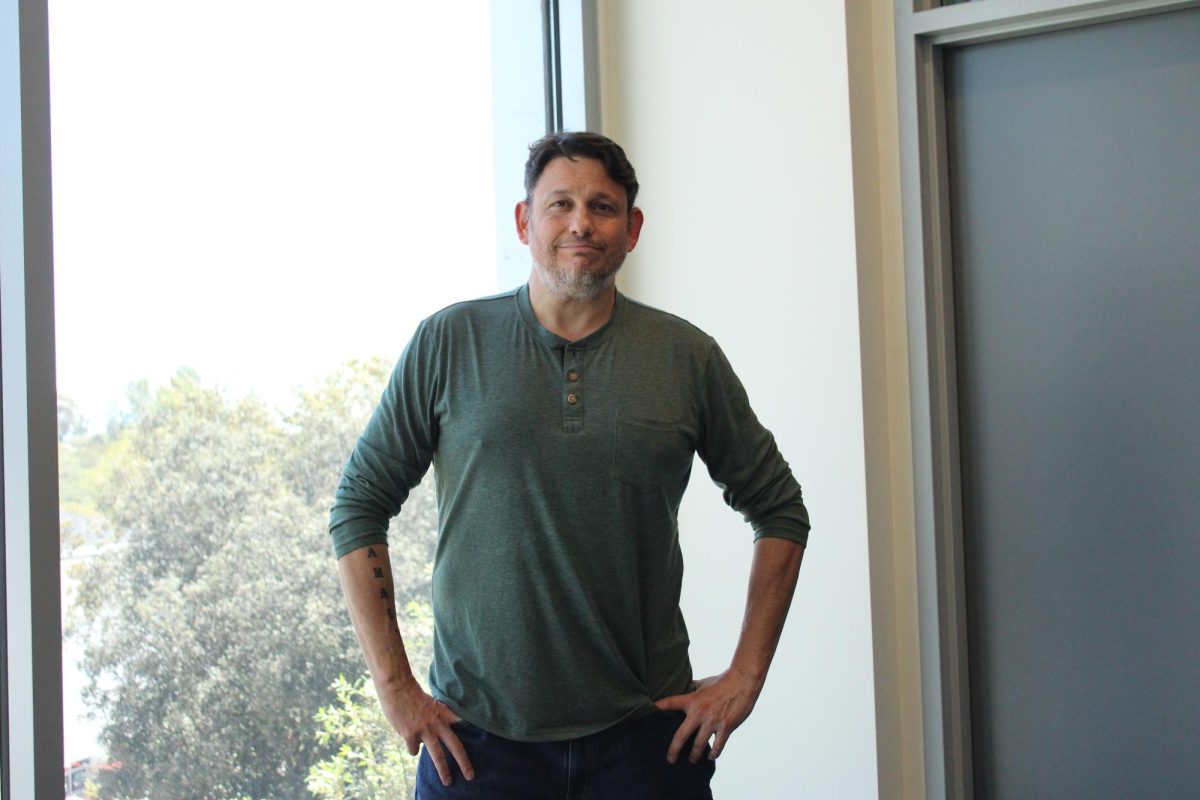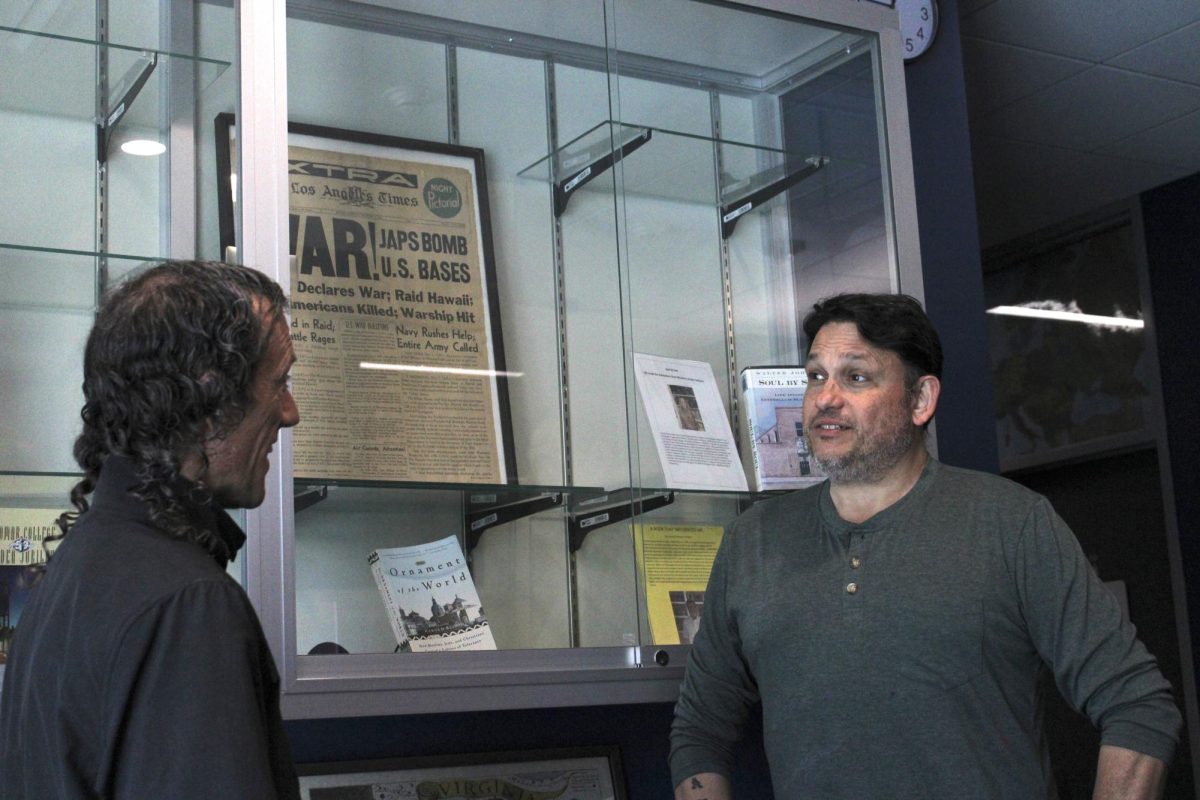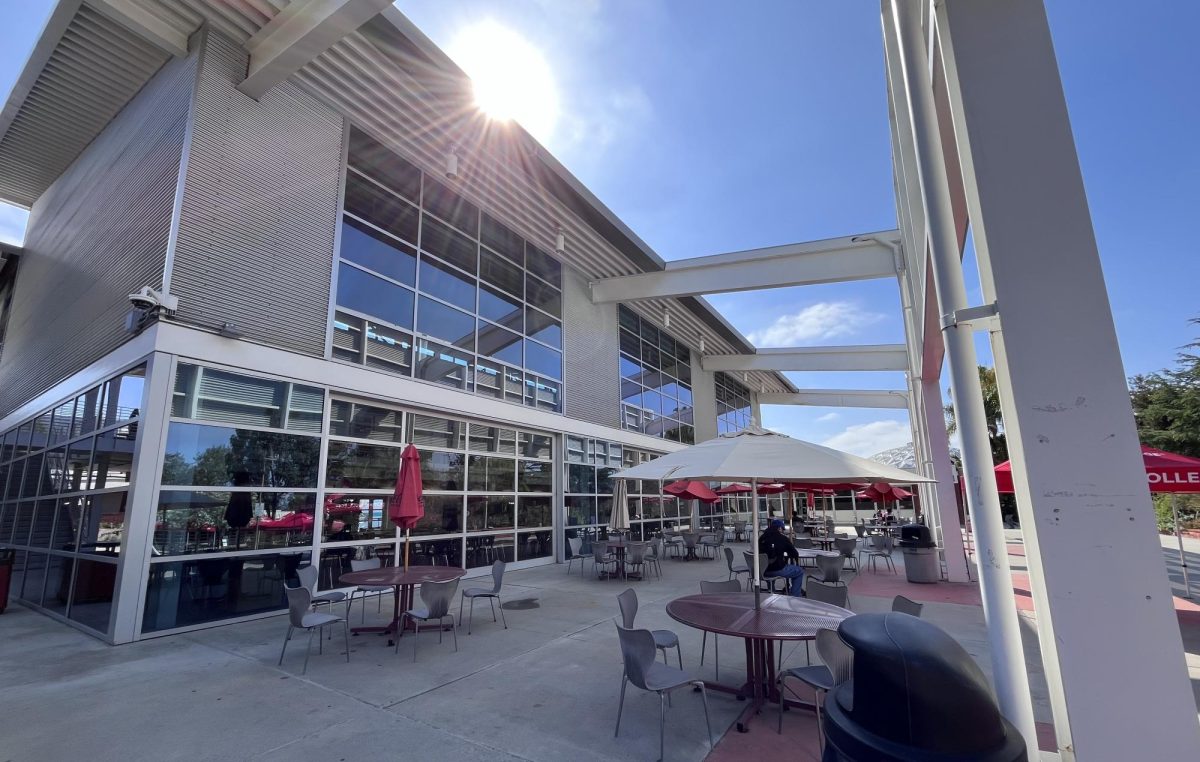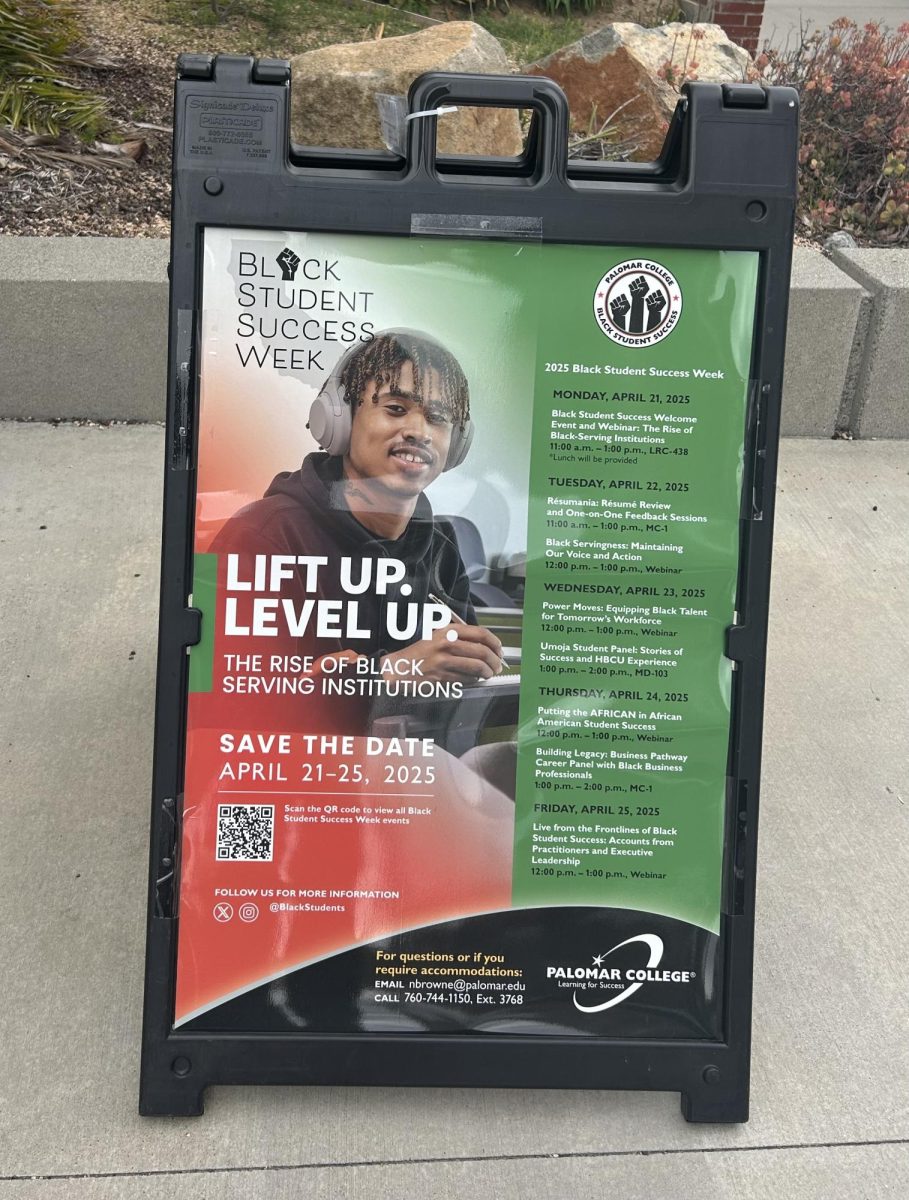SAN MARCOS — The Student Health Service and the Student Wellness Advocacy Group (SWAG) have teamed up to provide free Narcan training to Palomar students.
The first training session took place on Aug. 20, and future training sessions will occur on the third Wednesday of every month. The training begins at 12:30 p.m. in the NB Building Room 1 near the health services building. Students who attend the training can also sign up for a free Narcan dose, a medication that can reverse the symptoms of an overdose.
Doses of Narcan have also been distributed throughout the Palomar campuses for emergencies. At the Palomar campus, 19 doses have been distributed. Ten were given to the campus police, one at the Veterans Resource Center, six at Risk Management, one at the Student Health Center, and one at the Behavioral Health Counseling Services. The Fallbrook, Escondido, and Rancho Bernardo campuses have each received four doses of Narcan.
During the training, Hope Mondala Rull, a registered nurse who led the training, demonstrated how to use Narcan and when to use it. Rull also discussed the signs of an overdose, how to react to someone who may be having an overdose, and the steps to take before administering Narcan.
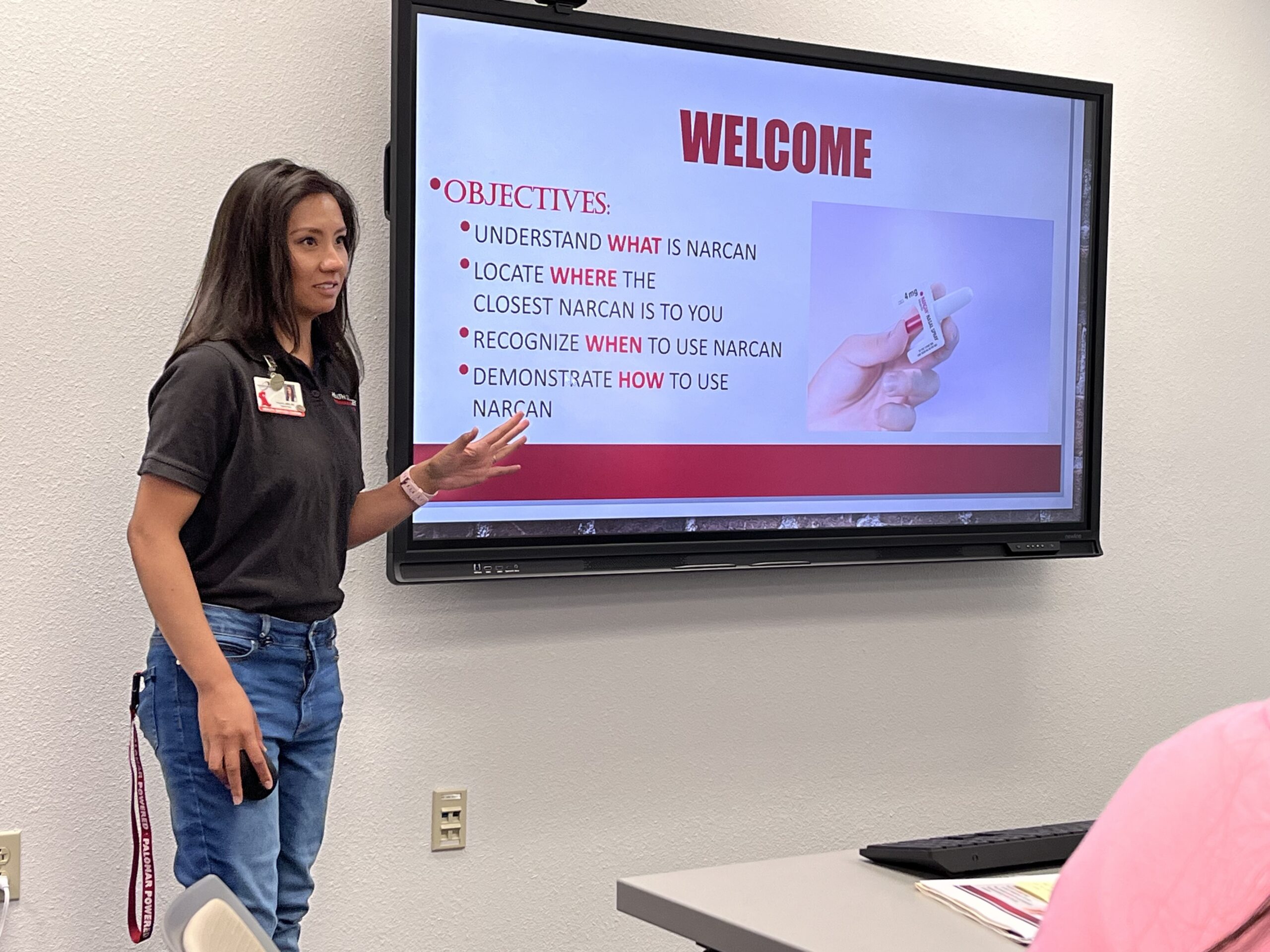
Hope Mondala Rull gives a presentation on Narcan. Photo credit: Cynthia Cunningham
The training also created a safe space for students and faculty to discuss overdose; some even shared their experiences using Narcan. As the training ended, Rull shared additional resources with all attending. Those resources can also be found on the Student Health Centers’ website.
Narcan, which is formally called Naloxone HCL, is a life-saving medication that can help people who are overdosing on an opioid, according to Palomar’s Student Health Centers website. The medication temporarily reverses the effects of overdoses from drugs made from opium or opioids. There is also no harm to the recipient if they are given Narcan but are not experiencing an opioid-related overdose.
It’s not clear how many lives have been saved by using Narcan. However, according to a 2019 report from the CDC, there were over 50,000 opioid-related deaths. During the 2022-2023 school year, 11 opioid overdose-related deaths occurred in San Marcos, according to the San Diego County Medical Examiner’s Office. A 2023 study from the National Institute on Drug Abuse found that “bystanders were present in more than one in three overdoses involving opioids” and that with the right tools, those bystanders would have been able to act to prevent overdose deaths.
“Carrying naloxone is no different than carrying an EpiPen for someone with allergies. It simply provides an extra layer of protection for those at a higher risk for overdose,” the CDC reported on their website.

